Quarantine Island
The 323-acre island, home to the ruins of the Klazomenai Ancient City, is believed to have first been connected to the mainland during the era of Alexander the Great. Over time, these ancient connections were lost, and new landfills were created in 1955.
Karantina Island, designated entirely as a protected site, is one of only three officially recognized quarantine islands in the world, alongside others in the United States and Croatia. With renewed global interest due to recent health crises, Karantina Island is now open for visits by group appointments.
The history
In the mid-18th century, Europe and Asia were afflicted by numerous epidemics, including the plague and cholera. To protect against these diseases, strict controls were imposed on city entries and exits, and every possible measure was taken to prevent the spread of infections. Despite these efforts, diseases were often brought into cities by ships and their crews, leading to widespread epidemics.
To combat this, European countries initially required ships arriving from foreign lands to remain at sea for about 40 days before entering ports. This practice was later modified: crew members suspected of being ill were isolated and observed for about seven days before being allowed to resume work. To implement this system, quarantine buildings were constructed separately from hospital settlements. Those suspected of carrying diseases were isolated and kept in these facilities for an appropriate period.
The word 'quarantine' is derived from the Italian term quaranta, meaning 'forty,' referring to the original isolation period. It came into the Turkish language with a similar meaning, referring to a separate and protected area.
The French constructed the quarantine buildings on Karantina Island under the Ottoman Empire. Once the facilities were completed, health inspections along coasts and borders continued uninterrupted until 1950.
The quarantine process was as follows: Passengers and, if necessary, crew members disembarked from the ship at Karantina Island and were first taken to a dressing room where they removed their clothing and placed it in special mesh bags. A rotating compartment system allowed a staff member on the other side to place these clothes in cabinets heated to 360 degrees for disinfection.
Wearing only a peştemal (traditional towel) and wooden slippers, passengers were then taken to private shower rooms where they were bathed with soap and special disinfectants. After getting dressed, passengers underwent a medical examination. Those deemed healthy were allowed to continue their journey, while those found ill were kept under observation in special compartments for treatment.
If a passenger died during this process, they were buried in specially prepared graves filled with quicklime and dug as deep as possible to ensure isolation.
During the disinfection of belongings, clothing was sterilized at 120 degrees with steam, ensuring that it did not become wet, and allowing passengers to wear their clothes again. Clothing was categorized into silk and regular items during sterilization. Silk garments underwent a separate and specialized process to prevent damage.
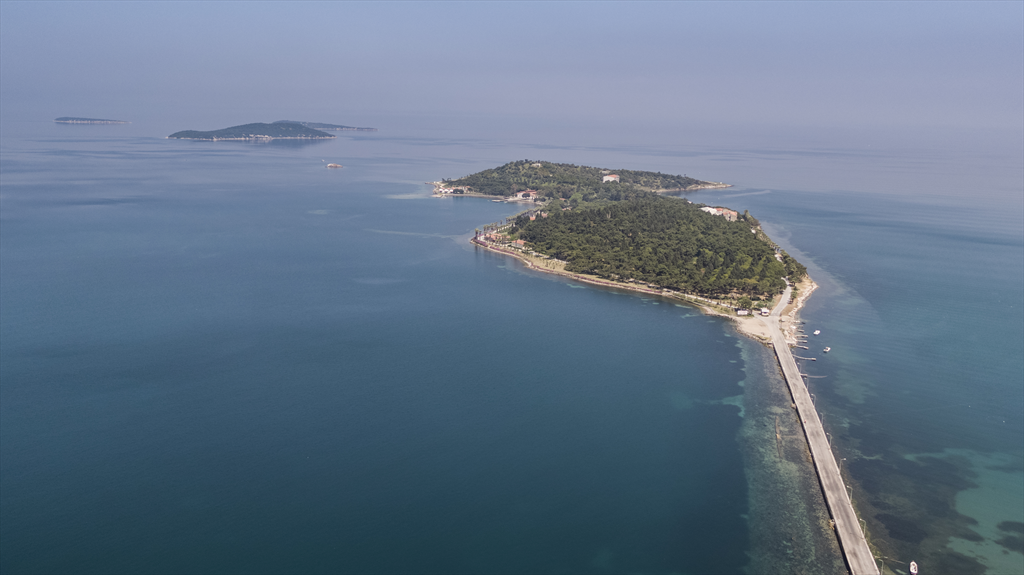
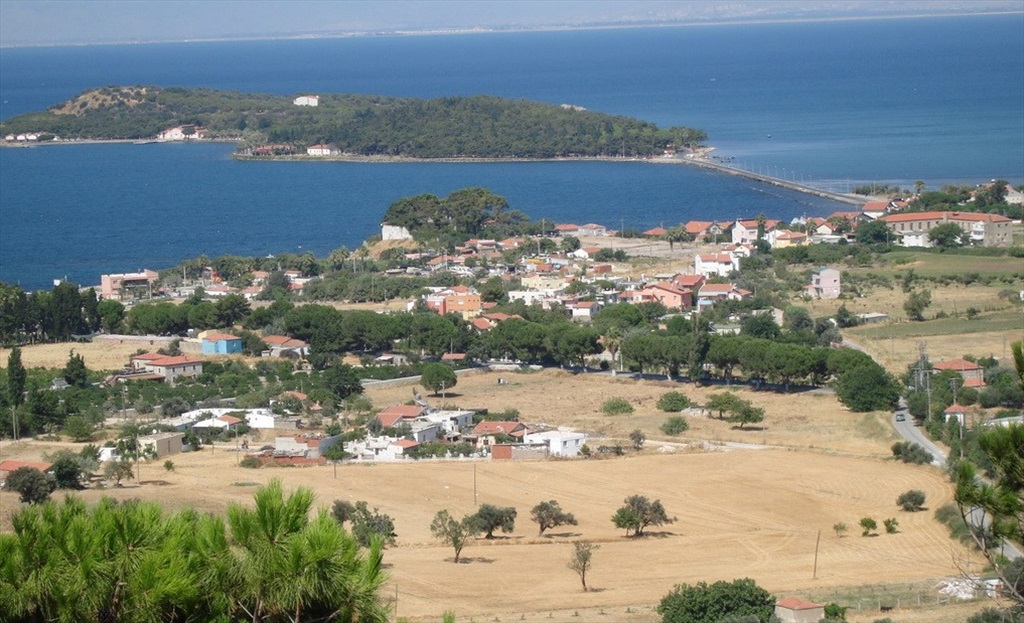
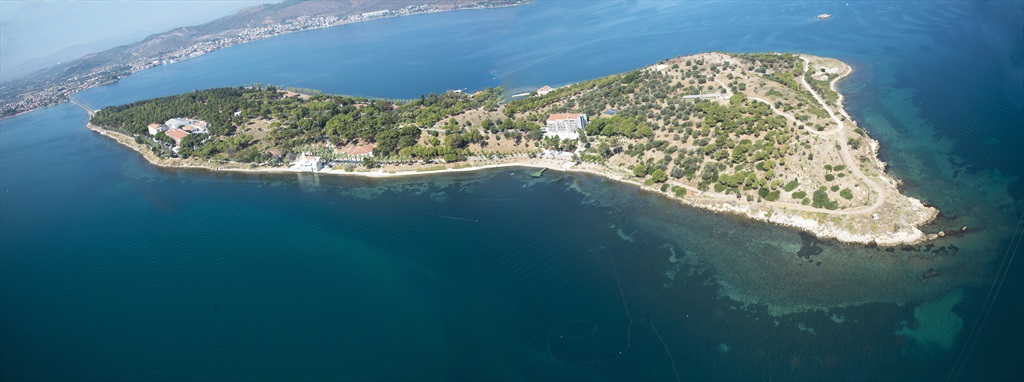
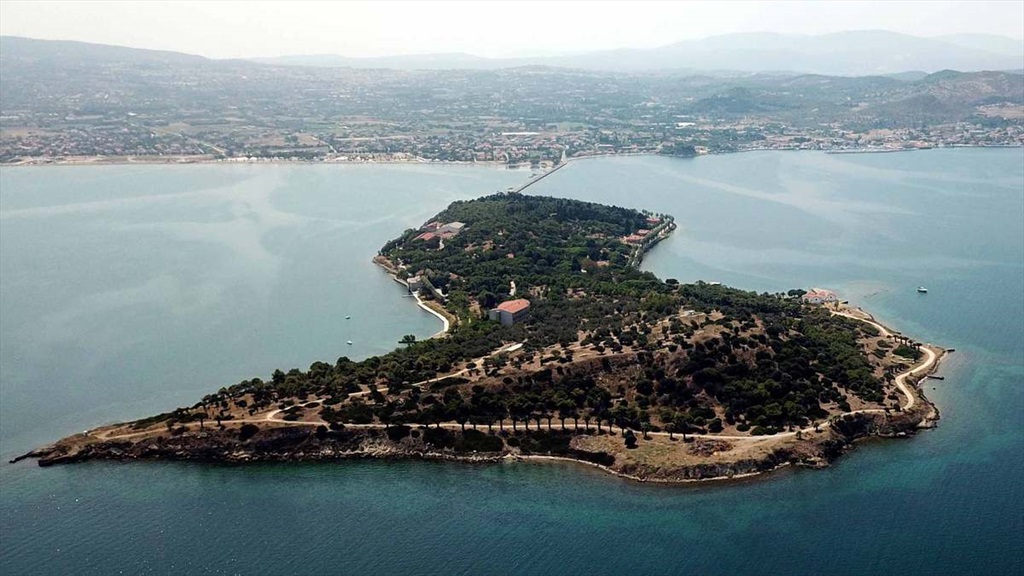
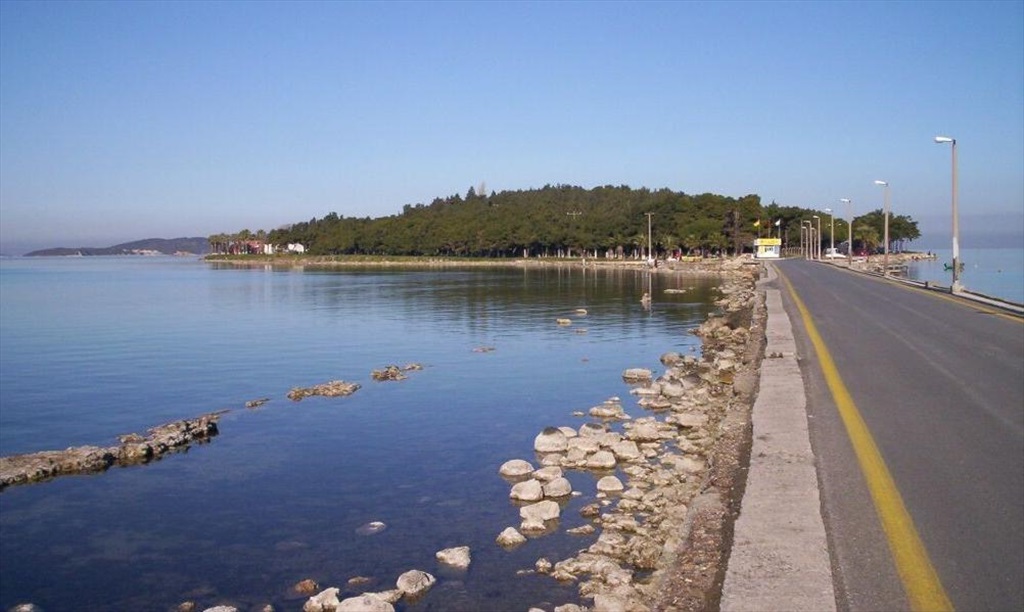








Comments
No comment left, would you like to comment?